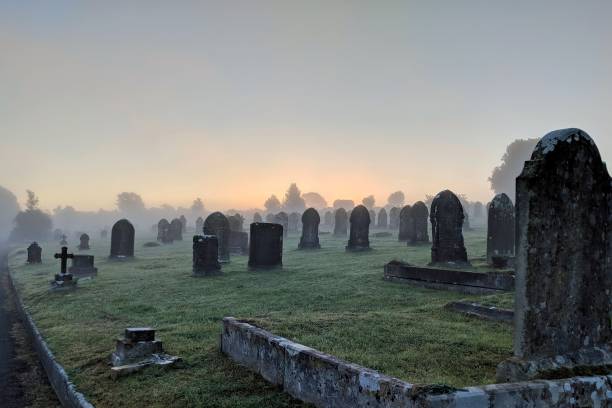My great
grandmother Olivia resided in the wilds of Kentucky in the 1800’s, but led a
life not of small significance. The very little I know about her, I can
hold in my hands. I have her well-worn Bible. Once, many decades
ago, I opened it and noticed some pencil markings in one of the margins. “Praying
today for the generations to come.”
And
very suddenly, I realized that through all those generations yet unborn, she
was also praying for me. Prayer has no expiration date.
We
all live and endure, survive and thrive, on the prayers of those of whom we are
unaware. People we know – or not even acquainted—may be praying for each
one of us, and we don’t even realize it.
When
we think of what we are accomplishing or overcoming on our own, may we consider
the great cloud of witnesses and an immense crowd of other believers, cheering
us on, encouraging us from the sidelines, even jumping onto our course to run
with us and pray us through.
In
prayer, we do not just look on, or even sympathize with others, but pray them
on their journey in the Kingdom.
The
apostle Paul begins most of his letters with prayers for others, even those he
did not personally know. “We have not ceased to pray for you.”
(Colossians 1. 9)
Because
when the trajectory of Paul’s own life radically turned, I am convinced someone
somewhere was praying for him, a sister perhaps, a friend, or even someone he
persecuted. Paul also became aware that the church body, now spreading
like wildfire in the world, was crucially dependent on the life support of the
prayers of God’s people. The church still is.
How
differently would we live, if we knew others were praying for us? Not
just in our times of despair and need, but continually lifting us up in prayer,
layering God’s strength into our lives through their faithful prayers.
What change would it make if someone told us, “I am praying for you?”
There are
prayers that we cannot see. But what if
we respond verbally to need by replying, “May I pray for you right now?” Does that change how we pray for others? How
does praying in real time impact them on the spot? Covered by prayers we actually hear. And know that God hears them too.
We
have no idea how our prayers are multiplied exponentially – one prayer spawning
others -and how many thousands of individuals are not only profoundly blessed, but
able to endure in their time of utter need. Without our intercession on
their behalf, “someone will be impoverished,” states Oswald Chambers in My
Utmost for His Highest. Intercession is “a hidden ministry that
brings forth fruit whereby the Father is glorified.”
Prayer
also enlarges our vision. We don’t just see situations or a list of
requests. We see people. Prayer makes us aware of
God’s work around us, His hand over us, and the prayers of the saints holding
us tight. May we ourselves join that chorus of prayer, the encircling
music of the spheres, that we would know and trust God more, love people more
deeply – and that His glory would saturate all the earth.
We
cannot always discern the light from where we stand, but God is already in this
place. Praying empowers us to realize His abiding Presence.
Have
we considered praying for strangers we pass in the park, for ambulances
hurtling down the road, for the grumbling clerk in the store, for musicians on
stage, for friends and family who suddenly come to the surface of our
thoughts? Because prayer shifts the tectonic plates of this broken world,
not just to repair the jagged edges, but to restore and redeem. Prayer
always alters lives in one way or another. God creates something new. God
changes the course of a life. Even ours.
All
the prayers we cannot see….yet.





